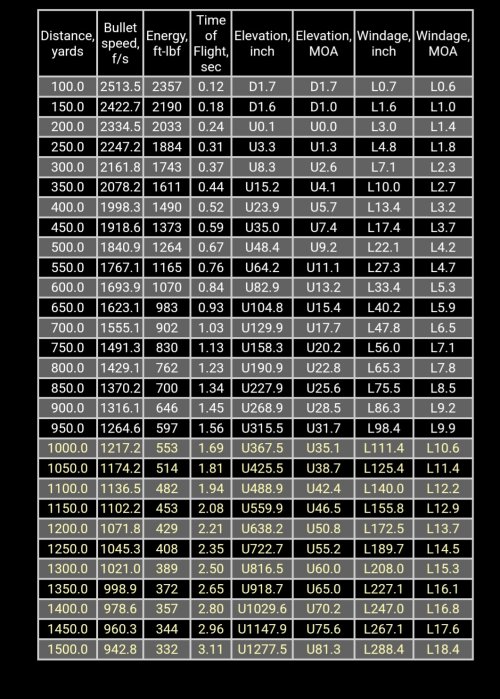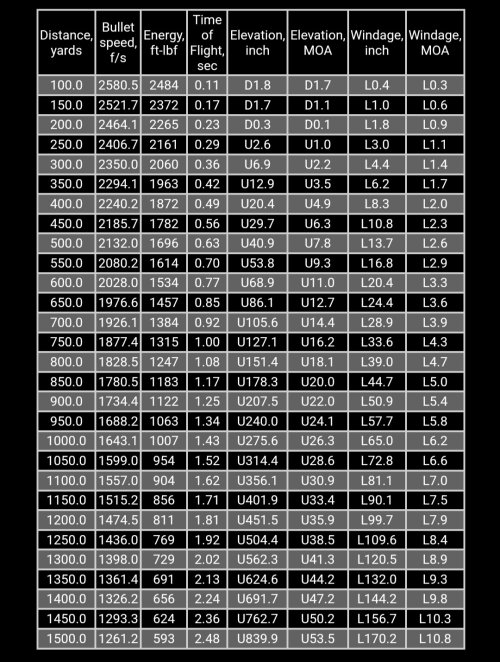Not sure the right forum category, but I figure the reloader/ammunition nerds might have a good answer to my question that was stimulated from this video:
I'm trying to learn from @Big Fin mistake described in this video. For those that don't want to watch, he sighted in at 7000, and missed a bear when hunting at sea level... Something I really hadn't thought about. Any more details? How far was that bear? Did you ever crunch the numbers, and if so was it enough that you feel you missed because of the sight-in/elevation issues?
I live and shoot under 1000' elevation and got an elk tag in a 8000-12000' unit. Besides checking zero when I get there, anything I can do way down here at 1000' to prepare for a shot way up there, as far as sighting in goes? FWIW, I shoot a 165 grain copper e-tip out of a 30-06 with 3-9 scope (no CDS or anything like that), and I want to be 300 or less for shots. Haven't run into any issues like this on previous out west hunts, but shots have been under 250 yards and not as high as this next hunt.
The ballistics calculators I look at allow you adjust the elevation for your initial data, but doesn't get at the question of how your point of impact would change if your sighted in at one elevation and move up to another. If you know of a calculator that would let me answer my own question, post that up!
I'm trying to learn from @Big Fin mistake described in this video. For those that don't want to watch, he sighted in at 7000, and missed a bear when hunting at sea level... Something I really hadn't thought about. Any more details? How far was that bear? Did you ever crunch the numbers, and if so was it enough that you feel you missed because of the sight-in/elevation issues?
I live and shoot under 1000' elevation and got an elk tag in a 8000-12000' unit. Besides checking zero when I get there, anything I can do way down here at 1000' to prepare for a shot way up there, as far as sighting in goes? FWIW, I shoot a 165 grain copper e-tip out of a 30-06 with 3-9 scope (no CDS or anything like that), and I want to be 300 or less for shots. Haven't run into any issues like this on previous out west hunts, but shots have been under 250 yards and not as high as this next hunt.
The ballistics calculators I look at allow you adjust the elevation for your initial data, but doesn't get at the question of how your point of impact would change if your sighted in at one elevation and move up to another. If you know of a calculator that would let me answer my own question, post that up!






